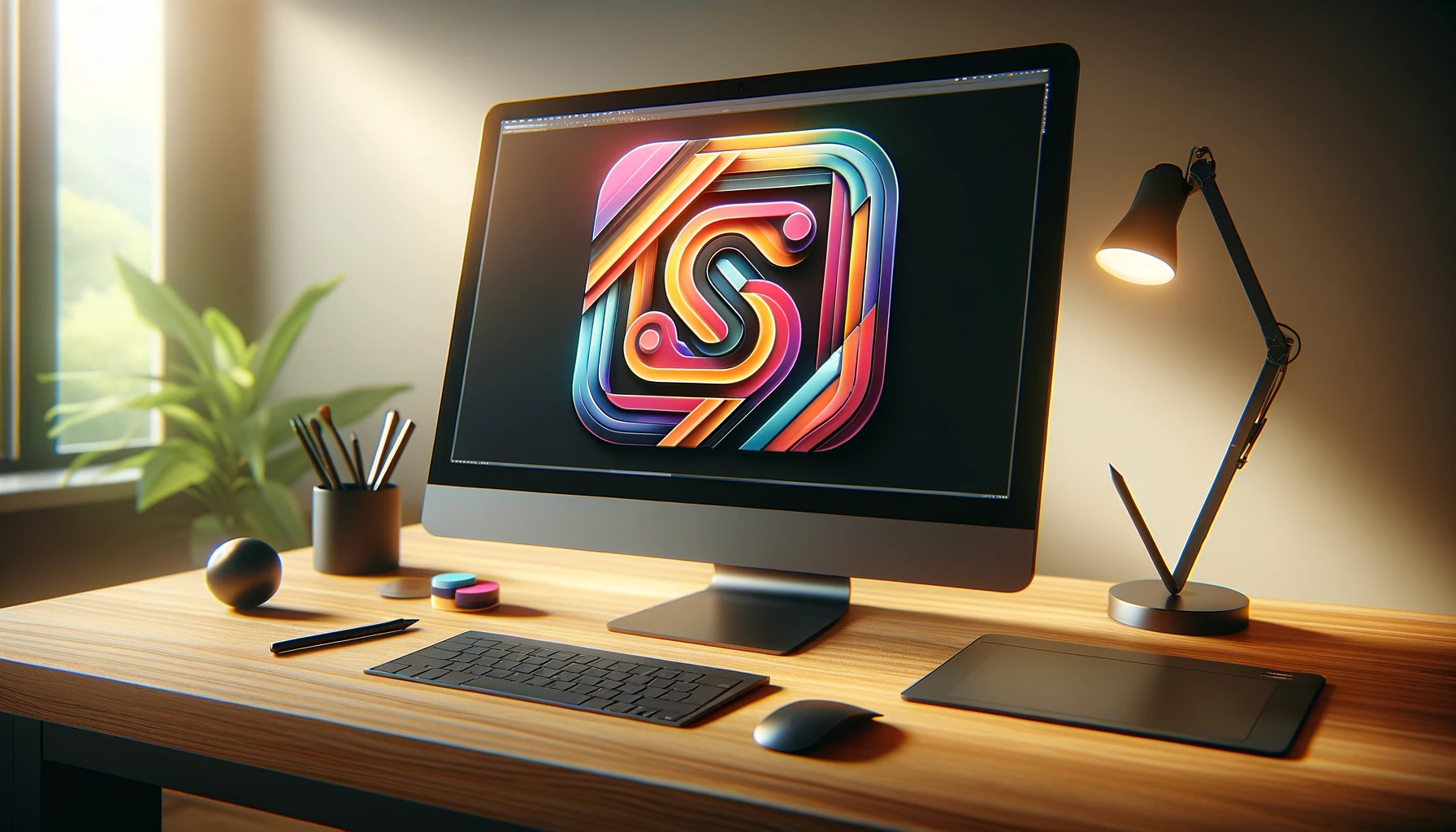SVG Icon Design: From Basic to Advanced
By Aaron
Published April 1, 2024
 SVG Icon Design: From Basic to Advanced
SVG Icon Design: From Basic to Advanced
In the world of digital design, SVG (Scalable Vector Graphics) icons hold a place of prominence due to their scalability and flexibility. Mastering SVG icon design can significantly enhance the visual appeal of web and mobile applications, making it a sought-after skill among designers. This guide will walk you through the journey of SVG icon design from basic to advanced techniques, ensuring each step adds value and depth to your design prowess.
Getting Started with Basics
1. Understand the Anatomy of SVG Icons
- Paths and Shapes: The building blocks of SVG icons.
- Coordinates and ViewBox: Mastering the canvas and positioning.
- Fill and Stroke: Adding color and outlines to breathe life into designs.
2. Crafting Simple Icons
- Begin with basic shapes like rectangles, circles, and lines.
- Use simple geometric forms to create commonly recognized icons (e.g., arrows, play buttons).
- Understand SVG design principles: These principles guide the creation of effective, visually appealing icons that communicate clearly and are aesthetically pleasing.
3. Utilizing SVG Software Tools
- Adobe Illustrator and Inkscape for vector graphic editing.
- SVGOMG for optimizing SVG files, enhancing performance.
4. Essential SVG Coding Skills
- Writing and editing SVG code directly enhances understanding and control.
- Experiment with
<path>, <circle>, and <rect> elements in HTML files.
Intermediate Techniques
1. Combining Shapes for Complex Icons
- Learn to merge basic shapes to form more intricate designs.
- Practice with icons that require multiple layers and elements.
2. Implementing Gradients and Textures
- Add depth with linear and radial gradients.
- Experiment with texturing techniques for a tactile feel.
- Apply color theory in SVG.
3. Animation Basics
- Introduce simple animations using CSS or SMIL (Synchronized Multimedia Integration Language).
- Focus on hover effects and loading animations to improve user interaction.
4. Responsive and Accessible Icons
- Ensure icons scale properly across devices with responsive design techniques.
- Incorporate ARIA labels and roles for accessibility.
Advanced Mastery
1. Advanced Animation Techniques
- Dive into complex animations with JavaScript or libraries like GSAP (GreenSock Animation Platform).
- Explore interactive animations that respond to user actions.
2. Branding with SVG
- Integrate SVG icons into your branding strategy to boost recognition and consistency across platforms.
- Consider how they align with your brand identity—colors, shapes, and styles should reflect your brand's values and aesthetics
3. Icon Systems and Libraries
- Develop a cohesive icon system for brand consistency.
- Create SVG sprite sheets for efficient loading of multiple icons.
4. Optimizing for Performance
- Use tools and techniques for minimizing file size without sacrificing quality.
- Understand the importance of caching and HTTP/2 for faster icon retrieval.
- Master SVG scalability tips to ensure crisp visuals at any size
5. Innovative Uses of SVG Icons
- Push the boundaries with interactive data visualization and maps.
- Integrate SVG icons with web technologies like WebGL for 3D effects.
Best Practices and Resources
1. Stay Updated with Industry Trends
- Follow design blogs, participate in forums, and attend webinars.
- Continuous learning is key to staying ahead in the ever-evolving world of SVG icon design.
2. Collaborate and Get Feedback
- Engage with the design community for critiques and suggestions.
- Use platforms like Dribbble and Behance to showcase your work and gain insights.
3. Resource Libraries
- Utilize libraries like FontAwesome, Material Icons, and Ionicons for inspiration or as a foundation.
- Remember, the best icon is one that communicates its function intuitively and blends seamlessly with the design aesthetic.
4. Practice and Experiment
- The path to mastery involves relentless practice and experimentation.
- Challenge yourself with projects outside your comfort zone to grow your skill set.
SVG icon design is a blend of art and technology, requiring both creative flair and technical acumen. By progressing from basic shapes to complex animations and optimizations, designers can create icons that not only look beautiful but also enhance user experience and interaction. Remember, the journey from basic to advanced SVG icon design is not linear but a continuous cycle of learning, applying, and iterating. Embrace each stage with curiosity and enthusiasm, and let your designs tell compelling visual stories.